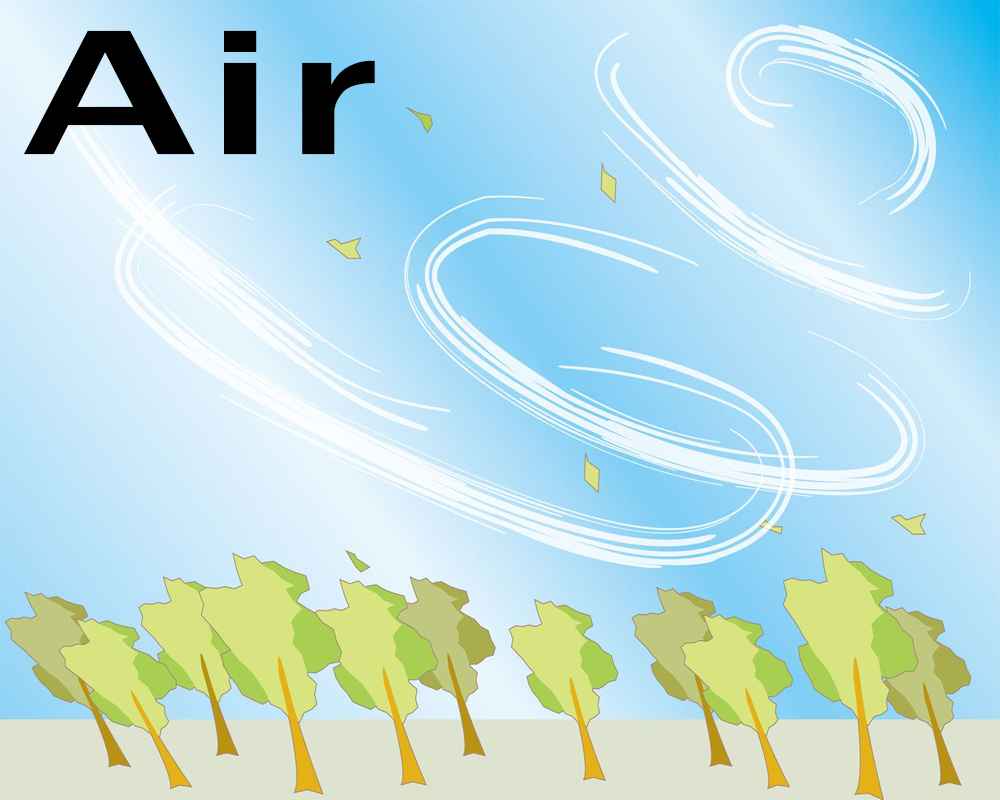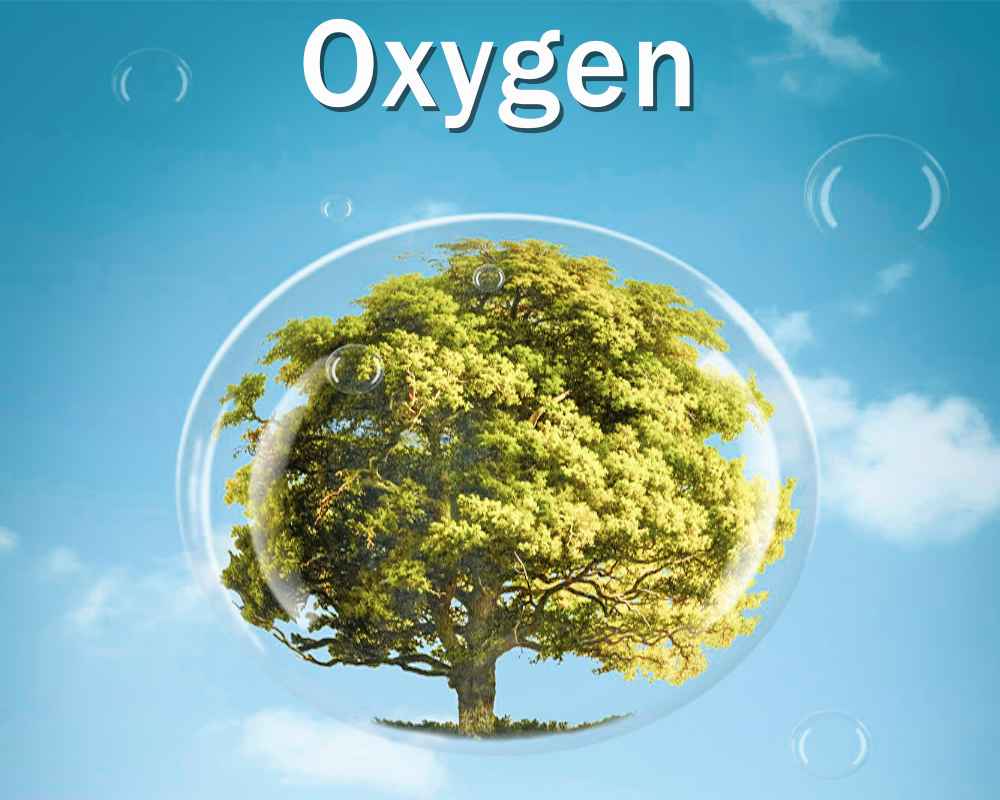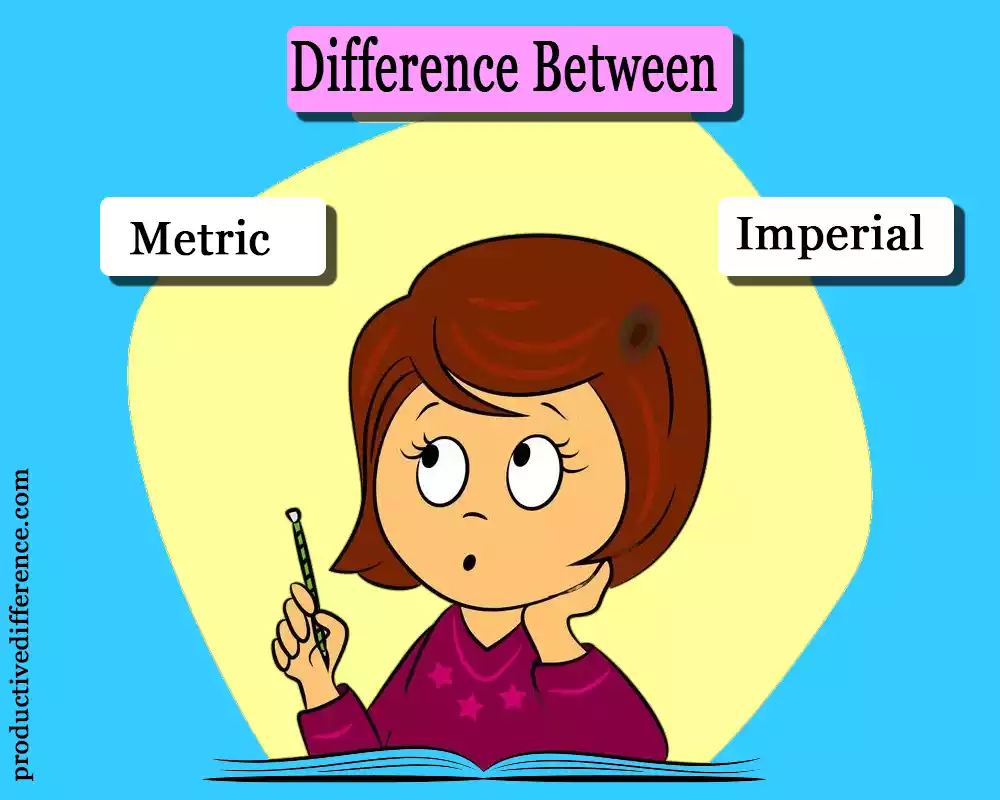Introduction to Oxygen and Air
Oxygen and air are essential components of the Earth’s atmosphere, playing crucial roles in supporting life and various natural processes. Oxygen is a vital element necessary for respiration and energy production, while air, as a mixture of gases, regulates the environment and influences climate patterns.
Oxygen (O2), often represented by its chemical symbol O2, is a colorless, odorless, and tasteless gas found throughout Earth’s atmosphere and an essential nutrient for most living organisms. Cellular respiration uses oxygen as part of metabolic reactions to convert nutrients to energy for metabolic reactions to take place – without it, modern life would not exist!
Air, however, is composed of various gases found within our planet’s atmosphere, most notably nitrogen (approximately 78%) and oxygen (21%), along with smaller amounts such as carbon dioxide, argon, and trace gases varying depending on location and altitude. Air also contains water vapor that contributes to weather changes and precipitation events.
Air composition plays a pivotal role in maintaining environmental equilibrium and climate patterns, supporting the respiration of aerobic organisms for their survival and metabolic activities, contributing to the greenhouse effect by trapping heat for stable temperatures on Earth, as well as contributing to greenhouse effect through various gas concentrations in the atmosphere contributing to the greenhouse effect.
Understanding oxygen and air is integral to understanding our planet’s ecosystem; from supporting life via respiration to shaping weather patterns and climate regulation, oxygen and air play a pivotal role.
In the following sections, we will explore the similarities, differences, and significance of oxygen and air in more detail, highlighting their roles in various aspects of life, environment, and scientific research.
Without Oxygen and air, nobody can breathe and live in the world. So, To live in the world and for staying alive every multicellular organism needs oxygen. Here are some reasons written below why oxygen is so important and the difference between Oxygen and Air.
Why do we need Oxygen?
Oxygen and Air are the most important thing. Oxygen is the most important ingredient in fueling our cells. Our body also uses water, nutrients, and oxygen to run our muscles, power our brain and function our organs. We breathe in air to get oxygen. But normal air contains only a small amount of it.
What is the amount of oxygen we are breathing?
Most of the particles and gases are nitrogen. air outside contains only 18-20% of oxygen. If you feel out of breath after a workout, or if you overexert yourself and are unable to breathe enough air in the environment you live in, then your body may be struggling to obtain oxygen. This is where cans of oxygen come in. You can get back your breath faster by using highly purified air.
Purified oxygen is used by athletes to recuperate. It’s common to see players using it between football plays on the sidelines. The product is completely safe, convenient, and very affordable.
Oxygen and Air are both air molecules.
Both air and oxygen may be used interchangeably, yet are two different words. Air is composed of various elements; oxygen exists independently as one such component in our atmosphere. Furthermore, oxygen exists as one individual component within the air as an independent element.
Air carries sound waves and is used to influence climate and other factors. Oxygen, on the other hand, can be found in welding, hospitals, and as a life-support system for divers. Air contains ozone, which protects us against harmful UV rays and other things. The air we breathe contains oxygen, but the air is not oxygen.
What is Air?
The air is a mix of gases. The air used to breathe is primarily oxygen (21%) and nitrogen (78%). The remainder is made up of other gases such as helium neon hydrogen carbon dioxide argon. These gases dissolve in blood and can be carried around.
Air is another name for the atmosphere that is responsible in part for all life on Earth.
Air is composed of aerosols and gases. If more moisture enters the atmosphere than is originally anticipated, the climate can become humid resulting in climate change.
Gases in the atmosphere are composed of 78% nitrogen, 21% oxygen, 0.93% argon, and 0.04% carbon dioxide.
This composition was formed by billions of years worth of biochemical reactions. Air that we breathe did not have significant oxygen levels until about 2 billion years.
Air that you can feel on windy days is part of an atmosphere that’s 8-14,5 kilometers in height.

The troposphere is the name of this layer. The weather is also influenced by this air.
These layers protect us against harmful ultraviolet rays and meteoroids, which burn when they enter the atmosphere.
What is Oxygen?
Oxygen can also be used as a chemical name for its elemental form, which is O2. The oxygen in the air is a molecule that has Oxygen and Air oxygen molecules bonded together.
Air is only composed of 1/5 the amount of oxygen. This means that combustible materials like wood will burn much brighter and more vigorously in comparison to air.
Oxygen gas is a component of the air. The bulk oxygen delivered to medical facilities is kept in large tanks on hospital sites. In short, the liquid oxygen can be withdrawn as required, processed, and then turned into gas. Before the gas enters hospital pipes, it is controlled by a manifold. The gas is distributed to specific parts of the hospital for its use.
Blends of oxygen can be created by combining pure oxygen with another gas. Oxygen can be mixed and used for a variety of patient treatments. Oxygen can be harmful if it is administered incorrectly. It should always be treated with caution.

According to the United States Pharmacopoeia, oxygen is a gas that has been manufactured. Oxygen may be labeled as a medication depending on the mixture it is in and how patients use it. Oxygen is not flammable but it can be an oxidizer. When introduced to other flammables an oxidizer can increase the intensity of burning or make items ignite more easily. In the medical field, oxygen is marked with the colors green and white.
Oxygen and Air: What’s the Difference?
Description
- The air is a mixture of gases in various quantities present in the atmosphere.
- The Periodic Table of Elements includes oxygen as a chemical. Oxygen is represented with the formulae O2; its atomic number 8 is also included. Joseph Priestly and Carl Scheele independently discovered it. Oxygen fuels our cells and is vital.
Composition
- Air is comprised of 78% nitrogen, 21% oxygen, 4% water vapor, and 1% argon; carbon dioxide, methane, and neon each contribute their share at 345 parts per million; while in lower concentrations you’ll find nitrogen oxide, chlorinated Fluorocarbons, and ozone too – making oxygen lighter in composition than air!
- Molecular oxygen contains diatomic oxygen molecules. The periodic table shows that oxygen is the eighth element. It has eight electrons and eight protons. The only lighter elements are hydrogen and helium. The cubical structure is unique. It is at least 95% oxygen.
Important
Air
- The air is all around us. It is not just a simple gas. All living things need air to survive. Air is essential for plants and animals to breathe.
- Carbon dioxide, a gas without odor that is produced by breathing in animals and humans, can be exhaled. Carbon dioxide can be good or bad. Carbon dioxide is used by plants to produce food, oxygen, and other compounds. Photosynthesis is the name of this process. When fossil fuels burn, they produce huge amounts of CO2. Carbon dioxide, the main contributor to global warming caused by humans, is a bad thing.
- The air is important for retaining water and controlling humidity.
- The air in our atmosphere shields us against meteoroids. Air in the atmosphere causes meteoroids to break up into small pieces when they come into contact with it.
- Air also serves as an insulation to keep the Earth warm or cold.
- Ozone is another gas in the air that protects against too much sun.
- The air plays a vital role in the recycling of one of Earth’s most important substances, carbon.
- Air is the medium that carries sound waves between two points. If you eliminate air, no sound will be heard between the two locations.
Oxygen
- Nearly every human mechanism requires oxygen. The optimal levels of oxygen within the body are essential for good health.
- In medicine, oxygen tanks can be used to treat breathing disorders and provide life support to astronauts and scuba divers.
- In the metal and mechanical industries, oxygen is used for the welding and casting of iron and steel.
- Carbon dioxide is used to reduce water vapor by oxidizing natural gas and producing synthesis gases.
- The pressure needed for an airplane is provided by oxygen. Hydrogen peroxide (H2O2) is used by submarines to start their engines. Some submarines discharge their torpedos using oxygen.
- Liquid oxygen is used as an oxidizer in rockets
Color and Odour
- Air can be colored and have an aroma depending on its composition.
- The gas oxygen is colorless and odorless.
Differences between Oxygen and air
- The air is made up of a combination or collection of gases. Oxygen is a chemical.
- The survival of all living things depends on air. Oxygen is necessary for most, but certainly not all, living organisms to survive. Some microorganisms, such as bacteria and archaea, do not require oxygen to live.
- The air protects us against outside dangers such as ultraviolet rays and space debris. The air burns space debris and meteors as they attempt to reach the Earth. It prevents UV rays from entering Earth. Oxygen, on the other hand, is vital to our existence. Each cell of the body requires oxygen to work.
- The air acts as the medium for propagating sound. Oxygen, on the other hand, has no impact on sound propagation.
- Air quality can have an enormous effect on our health, affecting everything from lung damage and even cancer to oxygen absorption levels in our bodies – which cannot absorb oxygen if we breathe spontaneously causing us to tire ourselves more quickly; when breathing efficiently our bodies work more effectively.
oxygen and air are vital components that support life, enable respiration, regulate climate, and maintain environmental balance.
Comparison chat about the difference between Oxygen and Air
Below you will understand more deeply the difference between Oxygen and air:
| Parameter of Comparison | Air | Oxygen (gas) |
|---|---|---|
| Definition | Gases are collected in layers. | The periodic table of Elements Collection of gas layers |
| Composition | 78.08% Nitrogen, 20.98 % Oxygen, 0.93% Argon, 0.04% Carbon Dioxide | Oxygen (O) molecules in two molecules |
| Essential for survival | It protects us against meteors. They burn up and do not destroy cities when they are in the air. Insulator. This helps to maintain the temperature required for human life. Protecting us from ultraviolet radiation is the ozone (part of the air). Protecting us from ultraviolet radiation is the ozone (a layer of air). | It is important to maintain optimal levels of oxygen if you want to stay healthy. This is exactly what deep breaths achieve, as they allow our bodies to take in more oxygen. |
| Color/Odour | Color and smell are dependent on air composition | Colorless and odorless |
| Importance for other organisms | Many elements, such as nitrogen and carbon dioxide, are essential for organisms and plants. Nitrogen is used by bacteria as energy, and it’s converted to nitrates. Carbon dioxide and sunlight are used by plants to generate energy | We breathe oxygen to generate energy. Oxygen is also used by other animals, such as birds. It is essential for life. |
Key Notes
- The air is made up of a mix of gases including nitrogen, carbon dioxide, and oxygen.
- Air has many important functions such as providing temperature regulation and atmospheric pressure. Oxygen, which is essential for our lives, is also used to create energy for the body.
- Oxygen is extracted from the air by various methods such as electrolysis or fractional distillation.
Similarities between Oxygen and Air
Oxygen and air are both essential components of the Earth’s atmosphere, and they share certain similarities in terms of composition and characteristics.
Let’s explore some of the key similarities between oxygen and air:
- Composition: Air is composed of various gases; predominantly 78% nitrogen and 21% oxygen with trace amounts of carbon dioxide, argon, and other trace gases present as well. Oxygen exists as pure element gas occupying roughly 21% of air’s composition.
- Breathability: Air and oxygen both play vital roles in respiration and the survival of living organisms, both being essential elements in inhaling air that contains oxygen for respiratory purposes and metabolic respiration, where cells use it to generate energy through metabolic reactions. When we breathe we take in air that contains oxygen – just like breathing we inhale air that contains oxygen! When inhaled it provides the energy needed by cells through metabolic reactions which produce energy to power their metabolism processes and generate life force through metabolic reactions that produce energy through mitochondria.
- Supporting Combustion: Both oxygen and air support combustion. Oxygen is known as an oxidizer and is required for the combustion process to occur. In the presence of oxygen, substances can burn and release energy. Air, which contains oxygen, enables the burning of fuels, making it vital for processes such as heating, cooking, and energy production.
- Physical Properties: Oxygen and air share similar physical characteristics; both gases at room temperature and pressure are colorless, odorless, and tasteless. Furthermore, both can be compressed under increased pressure to decrease volume by compressing.
- Environmental Importance: Both oxygen and airplay crucial roles in maintaining environmental balance. Oxygen is produced through photosynthesis by plants and algae, contributing to the oxygen cycle and supporting aerobic life forms. Air, as a mixture of gases, helps regulate Earth’s climate and weather patterns.
- Medical Applications: Oxygen is widely used in medical settings to support patients with respiratory conditions or who require supplemental oxygen. It is administered through oxygen masks or nasal cannulas to ensure proper oxygenation of the body’s tissues. Air is also used in medical devices, such as respiratory ventilators.
While oxygen is a specific gas that constitutes a portion of the air, the term “air” refers to the overall mixture of gases present in the atmosphere. Oxygen is a vital component of air, playing a crucial role in supporting life and combustion processes.
Oxygen and air share similarities in terms of their composition, breathability, support of combustion, physical properties, environmental importance, and medical applications. Understanding these similarities helps us appreciate the significance of oxygen and the essential role that air plays in sustaining life on Earth.
Importance of Oxygen and Air
Oxygen and air are of immense importance for the sustenance of life on Earth. They play vital roles in various aspects, ranging from respiration and energy production to environmental balance.
Let’s explore the significance of oxygen and air in more detail:
1. Oxygen and Respiration: Oxygen is indispensable to respiration processes in most organisms, including humans. When breathing occurs, oxygen enters through inhalation into the lungs before being transported by the bloodstream to body tissues where it is used in cellular respiration processes and provides the energy needed by cells, tissues, and organs for proper functioning.
2. Support for Combustion: Oxygen is an essential element in combustion processes. Acting as an oxidizer, oxygen allows fuels to burn more completely and release their stored energy as energy for human use. Be it wood, fossil fuels, or any other material requiring combustion for release of energy production; oxygen plays a crucial role. Therefore its presence makes oxygen essential in various human activities including heating, cooking, transportation, and energy production processes.
3. Environmental Balance: Oxygen plays an integral part in maintaining global environmental equilibrium. Through photosynthesis, plants, algae, and some bacteria produce oxygen by using sunlight, water, and carbon dioxide from the environment to make this happen. Not only is oxygen replenished back into our air supply through this process but its presence helps lower atmospheric carbon dioxide concentration levels that drive climate change.
4. Support for Aerobic Life: The presence of oxygen in the atmosphere is vital for the existence of aerobic life forms. Many organisms, including humans, require oxygen to carry out aerobic respiration, which is more efficient in generating energy compared to anaerobic processes. Oxygen enables the survival and growth of diverse life forms, from plants and animals to microbes, contributing to the biodiversity and ecological balance of the planet.
5. Medical Applications: Oxygen is widely used in medical settings for therapeutic purposes. It is administered to patients with respiratory conditions or individuals who require supplemental oxygen due to various health issues. Oxygen therapy ensures adequate oxygenation of body tissues and is crucial in critical care units, emergency situations, and during surgical procedures.
6. Atmospheric Air and Climate Regulation: Air, an amalgam of gases such as oxygen, nitrogen, carbon dioxide, and others, plays an integral part in maintaining Earth’s climate system. Varying concentrations of gases within its layers have an enormous effect on temperature regulation, weather patterns, and overall climate regulation; consequently understanding its composition and behavior is crucial when studying climate change and creating strategies to combat its impacts.
Oxygen and air are of paramount importance for sustaining life, supporting combustion, maintaining the environmental balance, and enabling various vital processes. From respiration and energy production to climate regulation and medical applications, the significance of oxygen and air cannot be overstated. Recognizing their importance helps us appreciate the intricate relationship between the atmosphere, living organisms, and the planet we call home.
In the medical sector, oxygen and air play a critical role in providing care and support to patients. Oxygen therapy, in particular, is a vital treatment method used to improve oxygenation and manage various medical conditions. This article explores the significance of oxygen and air in the medical field, the benefits of oxygen therapy, different delivery systems, and its applications in different medical scenarios.
Oxygen and air are of utmost importance in the medical sector, serving as lifelines for patients with respiratory difficulties and other medical conditions. Oxygen therapy, a widely used treatment modality, involves administering supplemental oxygen to individuals who require increased oxygen levels in their bodies. The therapy is aimed at optimizing oxygenation and alleviating symptoms associated with oxygen deficiency.
Last opinion for Oxygen and air
Air is a mixture of gases, including oxygen, nitrogen, and carbon dioxide. The atmosphere on Earth is known as air. Oxygen is an element in itself. In the form of gas, oxygen is present in the air.oxygen and air are fundamental components for sustaining life and supporting various processes on Earth. Oxygen is crucial for respiration, energy production, and combustion, while air, as a mixture of gases, plays a vital role in environmental balance and climate regulation.


